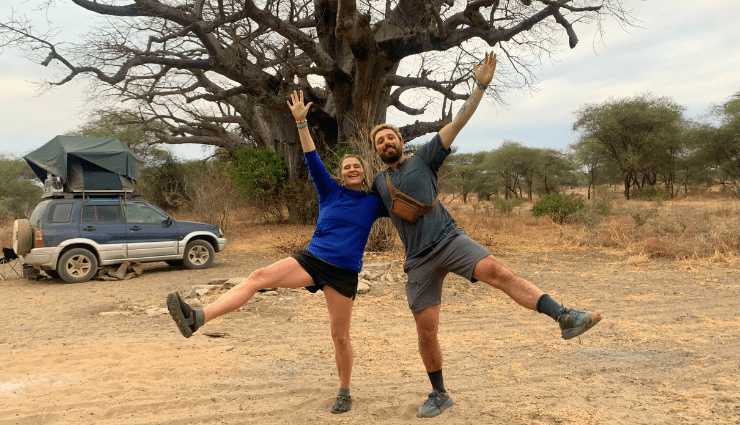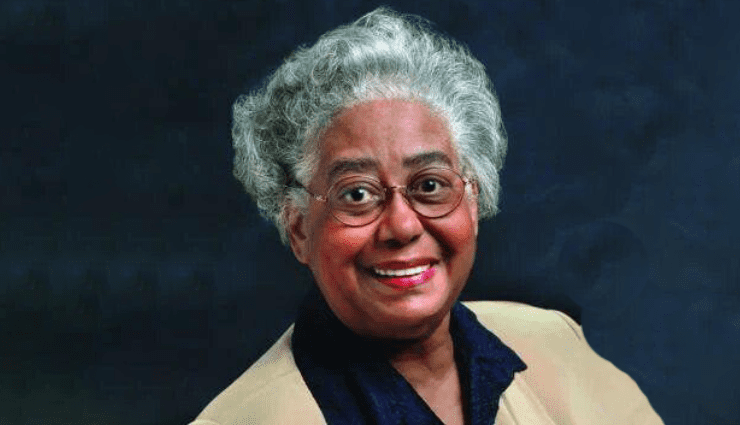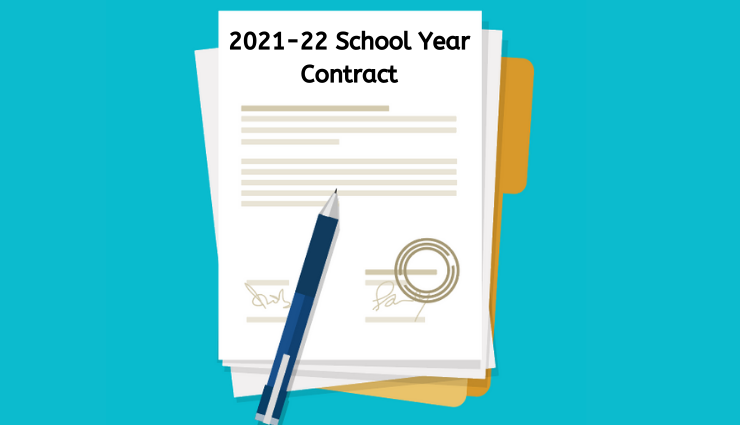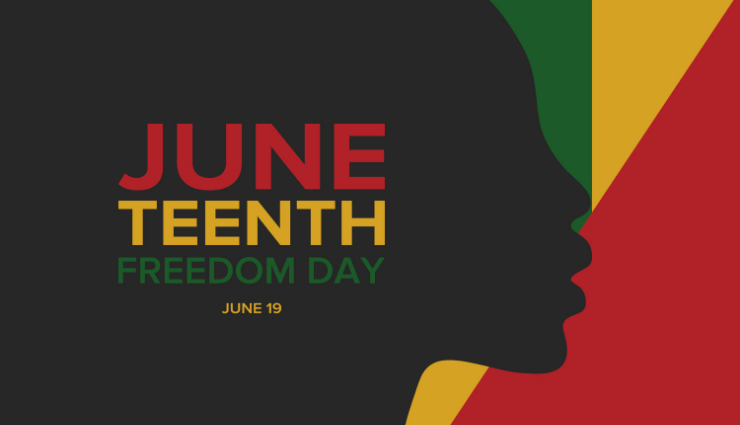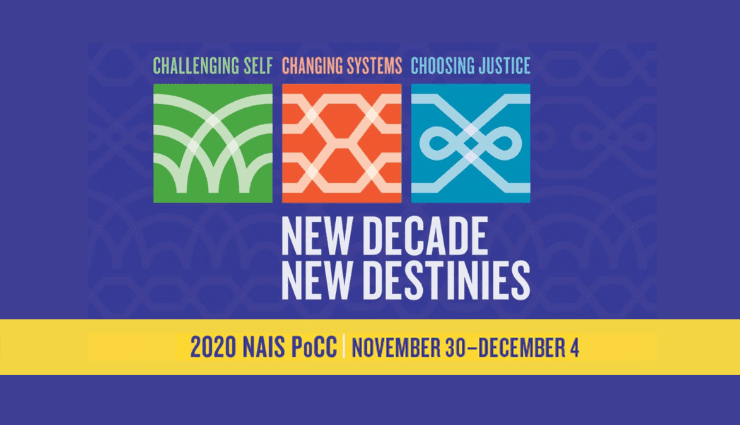An Accelerated Learning that Works

Earlier this year, I attended a joyous retirement party for Rob DeBlois, a middle school principal who founded and ran a remarkably successful alternative public school for 30 years. Anyone who has been involved with education during the past 30 years knows that these have been particularly interesting times. The combination of education changes and challenges include, but are not limited to, the emergence of charter schools and online learning; the impact of brain science research on teaching and learning; technology in the classroom (and society); a greater focus on STEM-related courses; a deepening understanding of the value and limits of standardized testing; a growing focus on social-emotional development; new approaches to homework; greater awareness of the impact of race, gender, and socioeconomic status on learning; the rise of experiential learning; and the evolution of the curriculum to be more culturally inclusive. Also on the table now is the core question of our commitment to quality public education — how we fund, focus, oversee, and run schools.
Even with all these changes, the story of this one school still stands out as one of the more important in American education — and holds valuable lessons for all schools and school districts, principals, and teachers. Part of the reason is purely programmatic; part lies with the principal himself. Indeed, I was so taken by this school in its early years that I left my job back in the early 1990s to write my first book on education, “Against the Current: How One School Struggled and Succeeded with At-Risk Kids” (Heinemann, 1997).
The main impetus for the book was twofold. On the one hand, I was impressed by the school’s mission to serve children who we’re not being well served by the mainstream education system. All the students in the school, located in Providence, RI, are considered at-risk because they not only come from poverty but they are also at least one year behind their peers and, thus, without intervention, have an 80% chance of dropping out before completing high school. This school — then named the Urban Collaborative Accelerated Program (UCAP, for short) and now known as The UCAP School — predates the charter school movement by a few years, but functions the way better charters function, as an independent public school making its own decisions about how best to serve a particular population of students. In this case, however, the school settled on a model that to this day remains rare in education: an accelerated learning model in which students play a central role in the pace of their own learning. One of the developing education stories today is about individualized and personalized learning. This school has been doing this work for 30 years — and doing it very well.
On the other hand is Rob DeBlois. In college in 1975, DeBlois broke his neck in a diving accident and has been a quadriplegic ever since. Here is a man who can’t get himself out of bed in the morning, who needs people to shower and dress him. He had enough muscle control to drive his electric wheelchair, but that’s about all he can do. Every single action that able-bodied people do without thinking is a challenge or impossible for him. It’s not remarkable that he saw a need for a school that caters to students poorly served by the mainstream public system. But it is remarkable that he took it upon himself to create the vision for this particular school, fight the political system for its existence, then take all the steps to make it succeed, from finding a home, hiring the staff, creating the programmatic details, identifying and recruiting the students, etc. — and then do this over and over for 30 successful years.
If you want to know more about what this experience is like, you can read my book, or you can watch the award-winning documentary about the school, Accelerating America. What I mostly want to focus on here is the school’s approach to education. To me, The UCAP School stands out as an important element of our educational landscape — and one I would love to see replicated or adapted more broadly. I’m convinced that every city in American both needs such a school and can afford to establish one. Overall, the potential is even greater than that.
The popular individualized learning model today tends to focus on putting children in front of computer screens and having them push keys in response to prompts. There are more than a few ed-tech companies that would be happy to supply the computers and programs for this activity. But the UCAP model is far more comprehensive. It involves highly talented, well-trained, committed teachers working with a classroom full of students. Some of the lessons are group lessons. Much of the work involves students working on their own, but they are always among teachers and peers. There’s plenty of direct instruction. The curriculum is fairly traditional and students do prepare for and take state standardized tests. But the school also offers arts and athletics, takes students on field trips, offers counseling and other forms of social support, connects students with local organizations through its Beyond U program, and aims to build community in every way possible.
For students, the carrot is the opportunity to learn at an accelerated rate and catch up to their peers so they can finish high school on time. Thus, a student can complete three years of education in two, or two years in one. Sometimes, students move slower. But the system succeeds because the vast majority of the students eventually learning that their effort is what matters. They learn, in other words, to take charge of their learning, and can see directly the fruits of their labor. Carol Dweck’s focus on a growth mindset has become a rallying cry in schools these days. The UCAP School has been emphasizing this mindset for years — helping students see the strengths inside themselves and teaching them how to engage in learning.
The UCAP School is not magic. The system is challenging for the teachers. Some kids drop out. Discipline can be an issue some days. But year in and year out, the school has had more success with its students than the vast majority of inner-city schools have had with their students. And while the teaching takes a different kind of effort, the UCAP teachers by and large love the work and stay longer in the job than most teachers do. One remarkable teacher has been there from the start. Perhaps even a better of the school’s success, the current dean of students is a former UCAP student who went on to college to study education and returned to help others find their path.
The UCAP School has evolved over the years, but it has held tight to its core mission to serve at-risk kids with an accelerated learning model. This was Rob DeBlois’s vision back in 1989. It remained his vision this past June when he retired. He tends to deflect any praise, but what’s clear to those who have known him well is that he has dedicated his life to serving those the system has more or less discarded — and he has done so with intelligence, grace, and love. I wish the new principal, Dr. Michael Finley, the best in helping the school thrive in the years to come. I also hope that other cities in the nation will take a closer look at The UCAP School and find their own way to add this model into their education system. It’s clearly valuable for at-risk students, of which there are many, but it also holds application for any school wanting to empower student to take charge of their learning — and their lives.
Michael Brosnan is an independent writer and editor with a particular interest in education and social change. His latest book of poetry, “The Sovereignty of the Accidental,” was published by Harbor Mountain Press. He can be reached at michaelbrosnan54@gmail.com.
